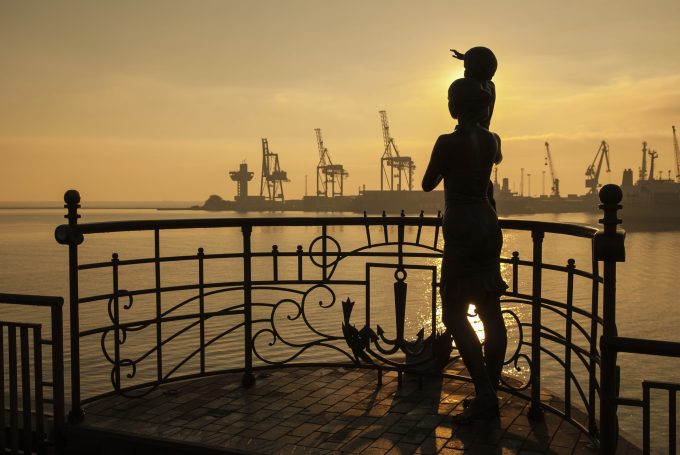UK transport secretary moves to ensure P&O Ferries will pay a fair wage
UK transport secretary Grant Shapps has moved to ensure that P&O Ferries will never operate ...

Some 57 seafarers were recorded to have committed suicide over the past several years, making it the cause of more than one in ten crew fatalities, according to Gard data.
However, this may be an underestimate, the real number and proportion of suicides is almost certainly much higher.
“This is a worryingly high number, and we believe that the actual number could in fact be much higher due to under-reporting,” said Gard in its report.
It is by now widely understood that ...
Trump tariffs see hundreds of cancelled container bookings a day from Asia
'Disastrous' DSV-Schenker merger would 'disrupt European haulage market'
'To ship or not to ship', the question for US importers amid tariff uncertainty
'Chaos after chaos' coming from de minimis changes and more tariffs
List of blanked transpac sailings grows as trade war heats up and demand cools
EC approves DSV takeover of DB Schenker
Forto 'sharpens commercial priorities' as it lays off one-third of staff
Shippers in Asia restart ocean shipment bookings – but not from China
India withdraws access for Bangladesh transhipments, in 'very harmful' decision
'Tariff hell' leaves industries in limbo – 'not a great environment to plan'
IndiGo fleet expansion plan will include a major push to boost cargo volumes
Pre-tariff rush of goods from US to China sees air rates soar, but not for long
De minimis-induced ecommerce demand slump could cripple freighter operators
'Restoring America's maritime dominance' – stop laughing at the back of the class
Hapag 'took the bigger risk' when it signed up to Gemini, says Maersk
Navigating tariffs: 'like trying to solve a Rubik's cube while colour-blind'

Comment on this article